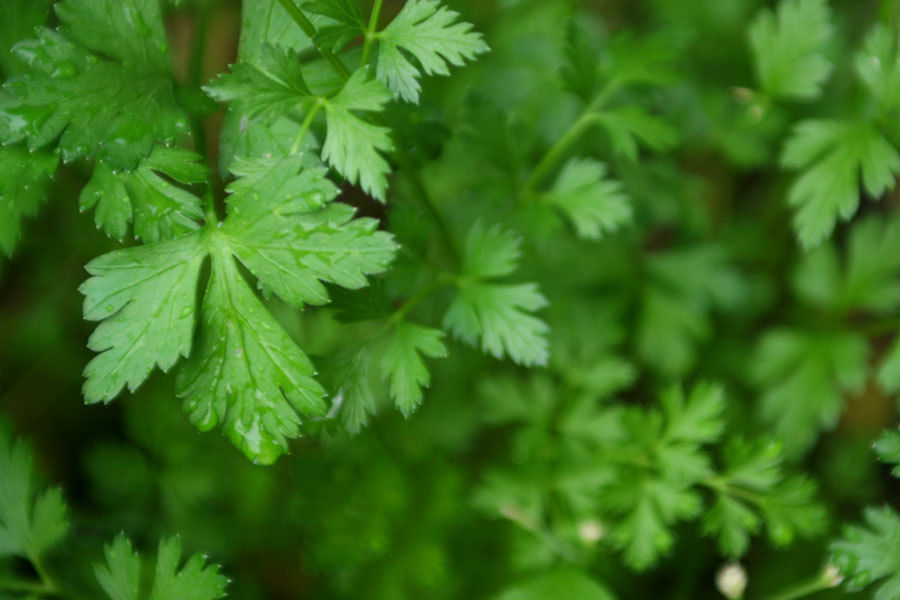
ENCYCLOPLANTS
SPRUCE
A Spruce is a tree of the genus Picea, a genus of about 35 species of coniferous evergreen trees in the Family Pinaceae, found in the northern temperate and boreal regions. The Spruce is a fantastic evergreen conifer tree often used as Christmas trees around the world.
Spruces are large trees, from 20–60 metres (66–197 ft) tall when mature, and can be distinguished by their whorled branches and conical form.
The needles, or leaves, of spruce trees are attached singly to the branches in a spiral fashion, each needle on a small peg-like structure called a pulvinus. The needles are shed when 4–10 years old, leaving the branches rough with the retained pulvinus (an easy means of distinguishing them from other similar genera, where the branches are fairly smooth).
The Norway Spruce can grow 2-3+ feet per year their first 25 years under good conditions, in heavy or poor soils they may average 1 foot per year, they do like relativley moist ground but can adapt to sand/clay grounds where moisture is high enough.
Spruces are used as food plants by the larvae of some Lepidoptera species. They are also used by the larvae of gall adelgids.
In the mountains of western Sweden scientists have found a Norway Spruce tree, nicknamed Old Tjikko, which by reproducing throughlayering has reached an age of 9,550 years and is claimed to be the world's oldest known living tree.
Spruce wood is used for many purposes, ranging from general construction work and crates to highly specialised uses in wooden aircraft, and as a tonewood in many musical instruments.
The Spruce is native to Norway.

Key information:
Watering: Prefers moist ground
Sun/Shade: Full sun, Hardy in cold locations, evergreen
Origin: Norway
Propagation: Seed or Cuttings
Temperature: 30F-70F for best growing results.